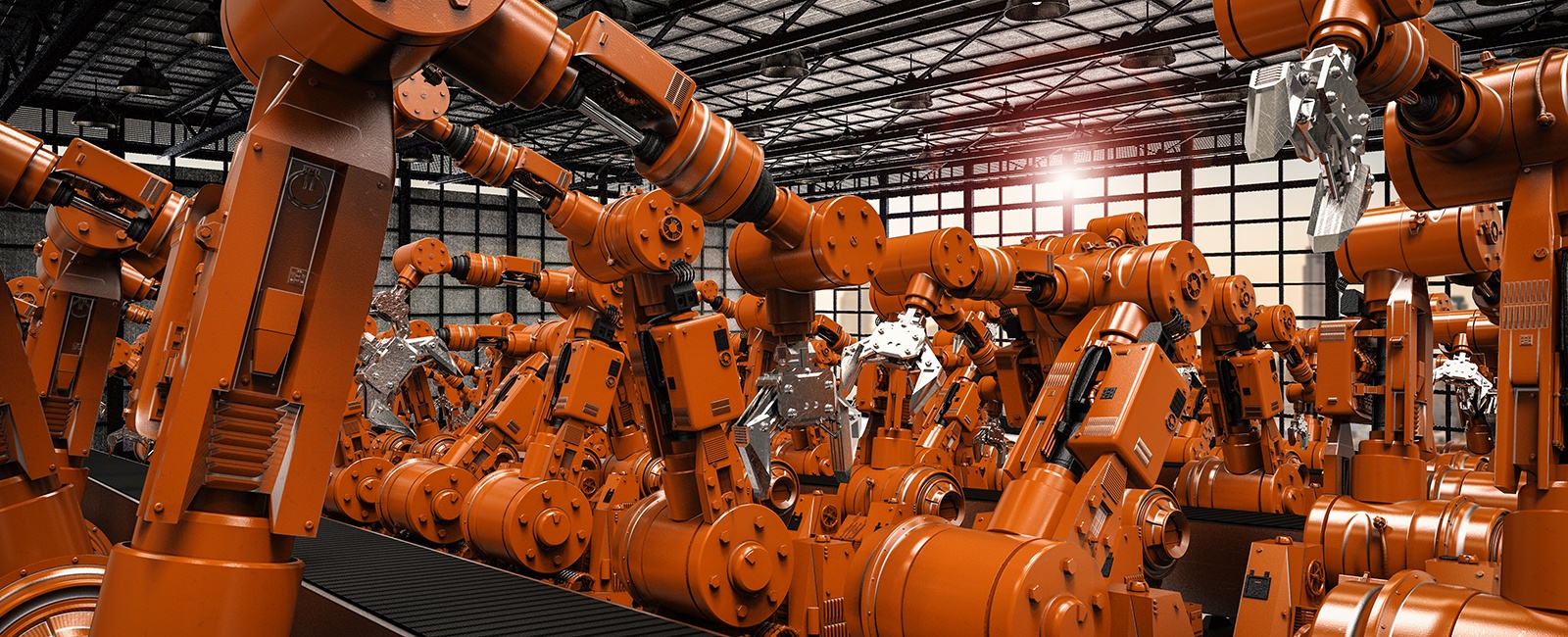How to Choose the Right VFD Cable
In Part 1 of my blog on VFD cable and motor life, I explained how using THHN cable or other non-specialized cable to connect VFDs to motors leads to premature motor failure and electronic noise that is wreaking havoc on process sensors and degrading safety on the plant floor. Specifying specialized VFD cable can help avoid these issues, but, unfortunately, there are no standards for VFD cable features and construction, so it is definitely a case of buyer beware. Here, in Part 2, we will discuss what to look for in VFD cable, so that you can make a more informed decision.
Avoid Failures and More—a Checklist
In many facilities, it has become almost “expected” for drives to frequently trip, and/or for a motor connected to a VFD to fail every few years, especially as a result of bearing failure or insulation failure. If you are experiencing this, specifying well-engineered VFD cable can eliminate trips and significantly increase the meantime between failures to five years or even more. As I previously mentioned, not all VFD cable is created equal. Here are some attributes to look for:
Big Grounds
Proper grounding bonds the motors and the drive, which reduces current noise, reduces bearing currents and facilitates safe operation of overcurrent protection to reduce shock hazard. THHN conductors have no built-in grounds and must rely on the contractor to properly select, and install them. This leaves large room for error. Most specialized VFD cable includes grounds built within the cable body, but the size of these grounds can vary considerably. Some may be smaller than one phase conductor; others may be larger than all three. Well-engineered VFD cables include big grounds with enough copper to bond the motor and the drive together at the same potential, preventing noise from being expressed beyond the cable where it can negatively impact the operation of adjacent equipment.
High Quality Insulation
Basically, the quality of insulation impacts two qualities of the cable-capacitance and dielectric strength. Capacitance is the tendency of the cable to store energy. The more energy the cable stores, the less energy gets directed to the motor and the more damaging reflective wave voltage there is on the motor, so you want to have low capacitance. Dielectric strength refers to the amount of electrical field that the material can withstand without breaking down-arcing, or even catching fire-so you want that to be high. Insulation quality helps keep capacitance low and dielectric strength high; it is a factor of the quality of the material used in the cable and its thickness. Belden, for example, uses a higher grade of crosslinked polyethylene than most other VFD cable manufacturers, and engineers insulation that is up to 50% thicker. THHN uses standard PVC thermoplastic material, which can start to soften and flow at temperatures as low as 70°C or less. This material is simply not suitable for use as a VFD cable insulation.
Fine Tinned Stranding
The conductors in cable are constructed by stranding or layering small strands of copper to make bigger and more flexible constructions. Quality VFD cables have more layers of stranding to provide greater surface area and better performance. For example, more strands keep the cable cooler, optimize flex cycles without breaking and stand up to equipment vibrations. Belden VFD cable uses 133 strands of copper to make one conductor, providing an increase in conductor surface area of upwards of 800% as compared to lower quality VFD cable.
Effective Design for Paralleling
For high power motors of 150-200 HP or more, parallel configurations are often used to achieve greater efficiencies and avoid overheating. In VFD cable paralleling applications, using the proper cable becomes even more urgent. Insufficient grounds or other construction deficits can prevent safe operation of overcurrent devices, leading to increased risk of injury or equipment damage.
Look to Belden VFD cable
Getting the significant cost and energy savings of variable frequency drive control of your motors doesn't necessarily have to lead to shorter motor life, increased system noise impacts, potential hazards to personnel and other detrimental impacts. You can get the best of both worlds-when you avoid standard cable, and choose the proper VFD cable.
Belden knows. We created the VFD cable category 24 years ago in a joint effort with a VFD manufacturer, specifically working to mitigate every known VFD operations issue and engineer optimum performance into every attribute of cable design to ensure maximum performance of their drives. Today, Belden is the most specified provider of VFD cabling, and as I noted in my prior blog, although the VFD cable category is growing, too many operators are still using non-VFD cable, and experiencing highly detrimental effects as a result.
If you are having a problem with your VFDs and motors, look to moving from THHN or other standard cable to VFD cable; if you are having a problem with VFD cable, look to a high quality VFD cable like the kind that Belden pioneered. Better yet, build in VFD and motor performance for every installation by specifying the highest quality VFD cable you can find right up front. Talk to fellow operators about their experiences, and use the checklist above as you do your due diligence. If we can be of service, please contact us at any time. We are here to help.

